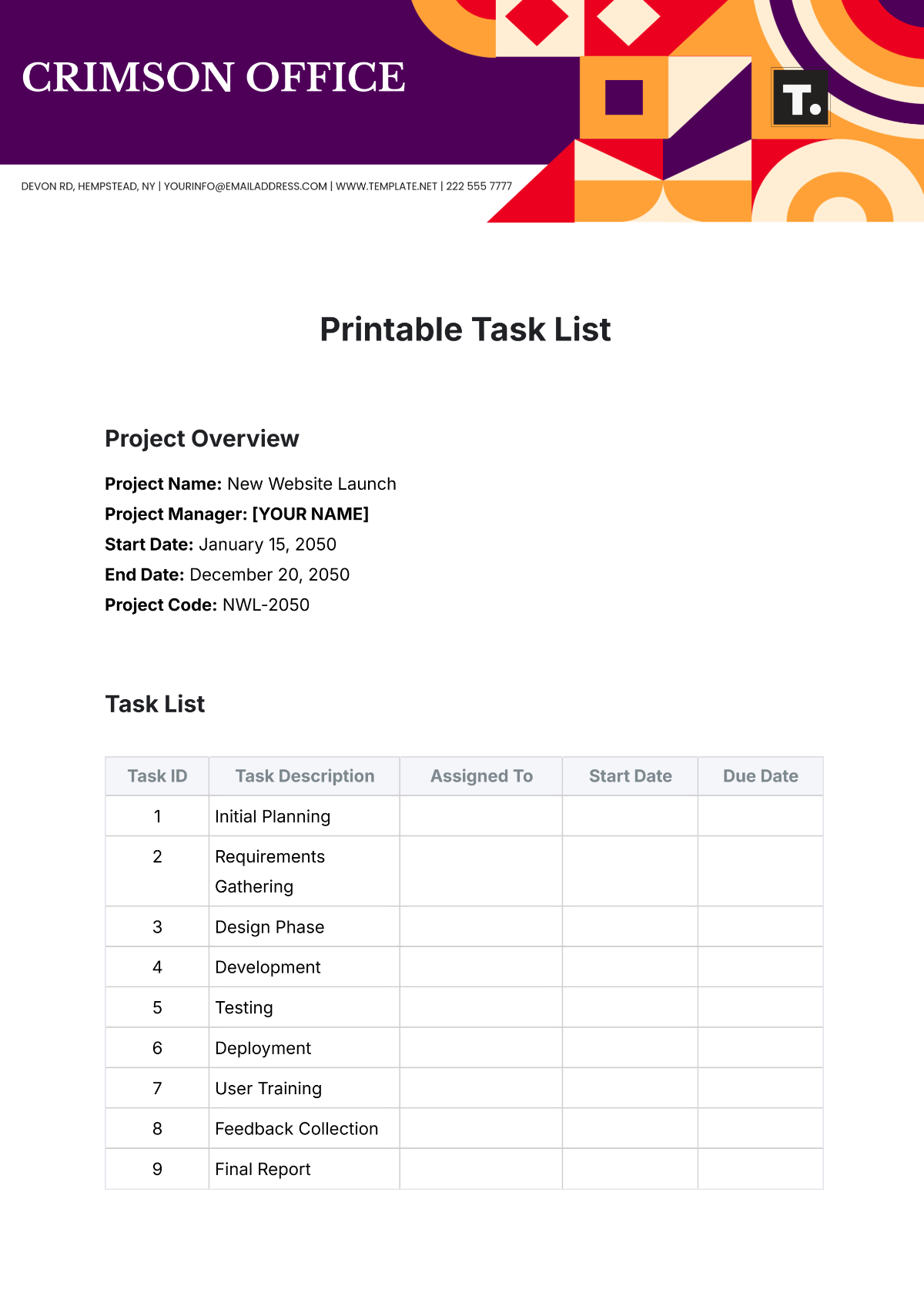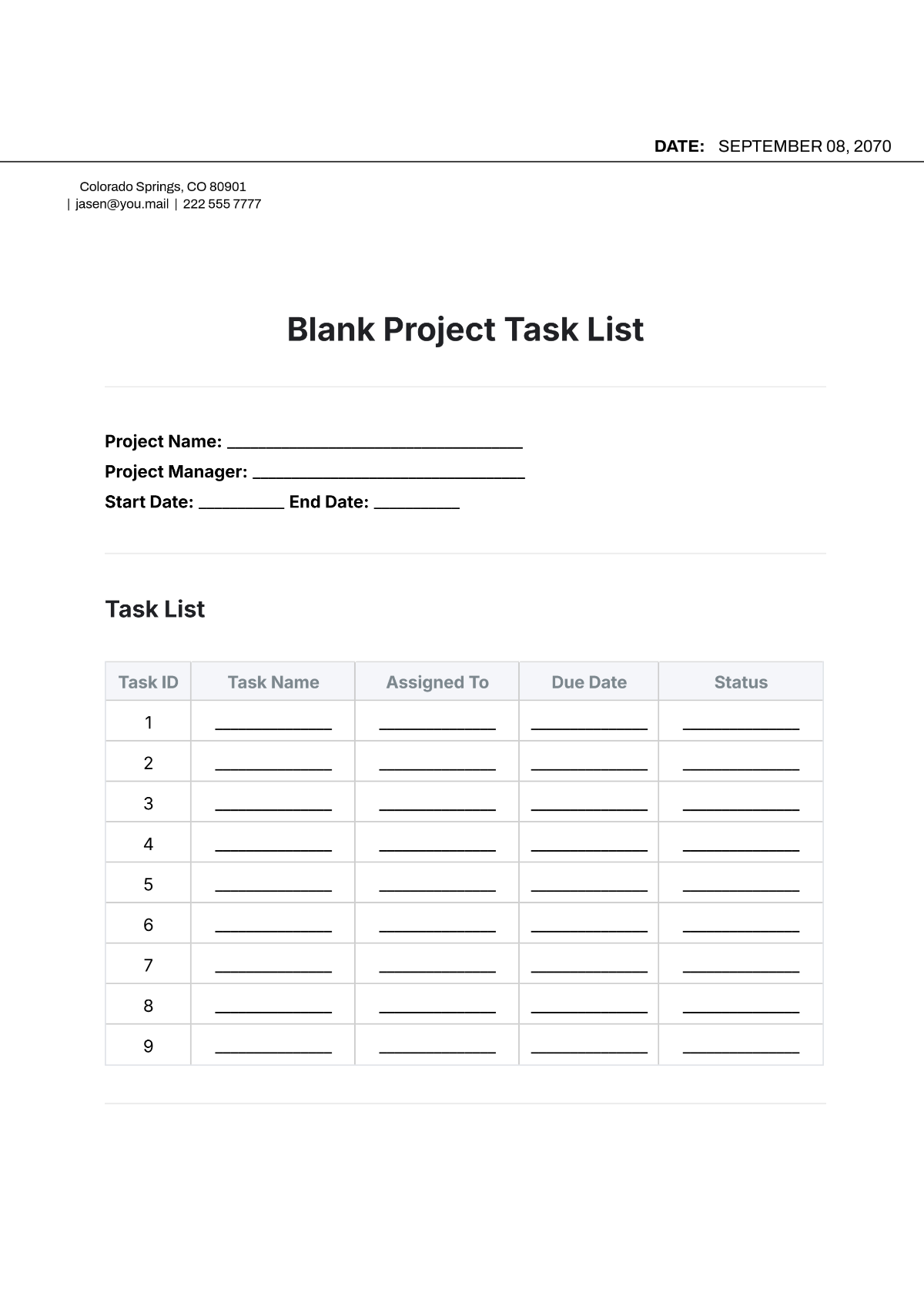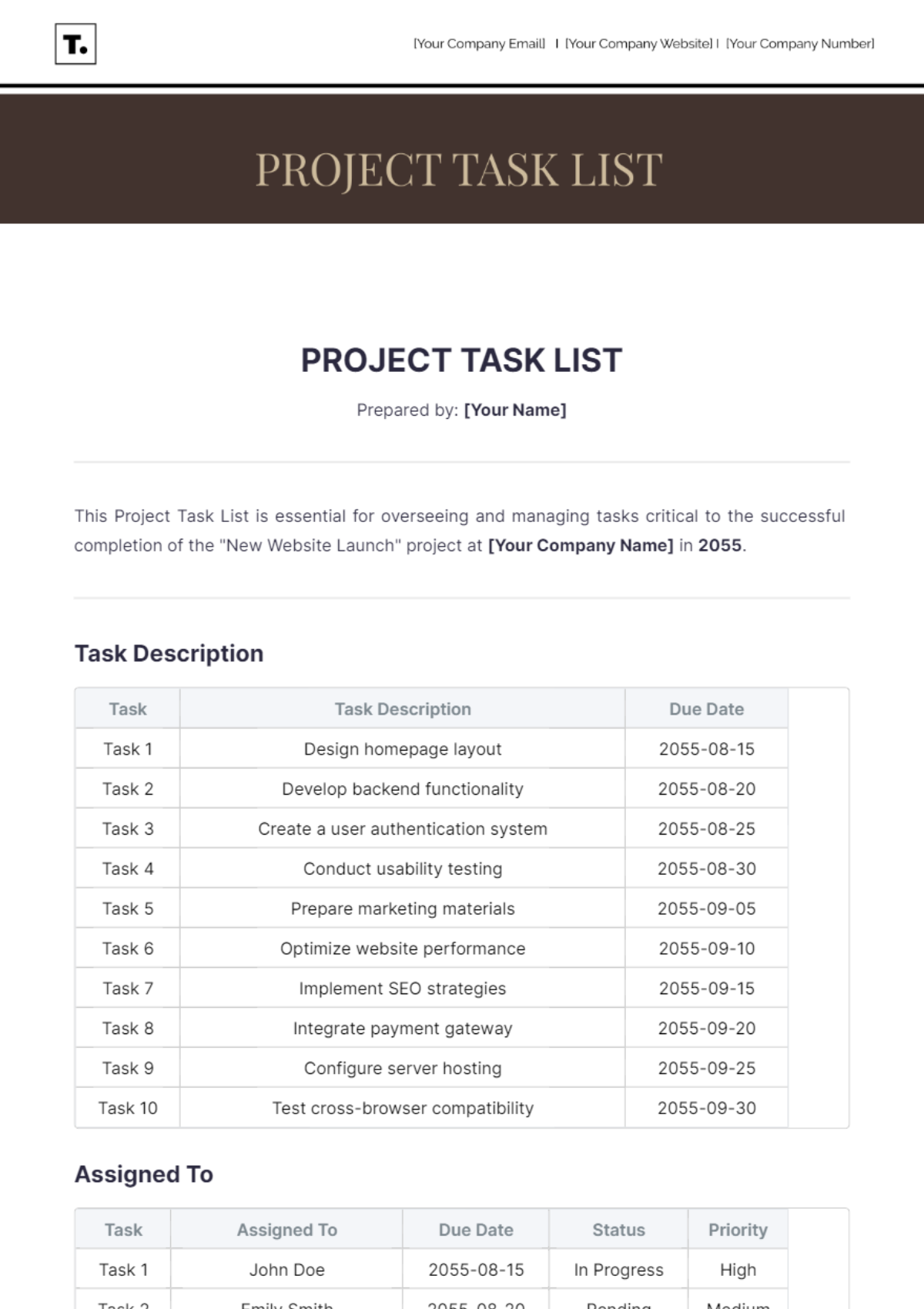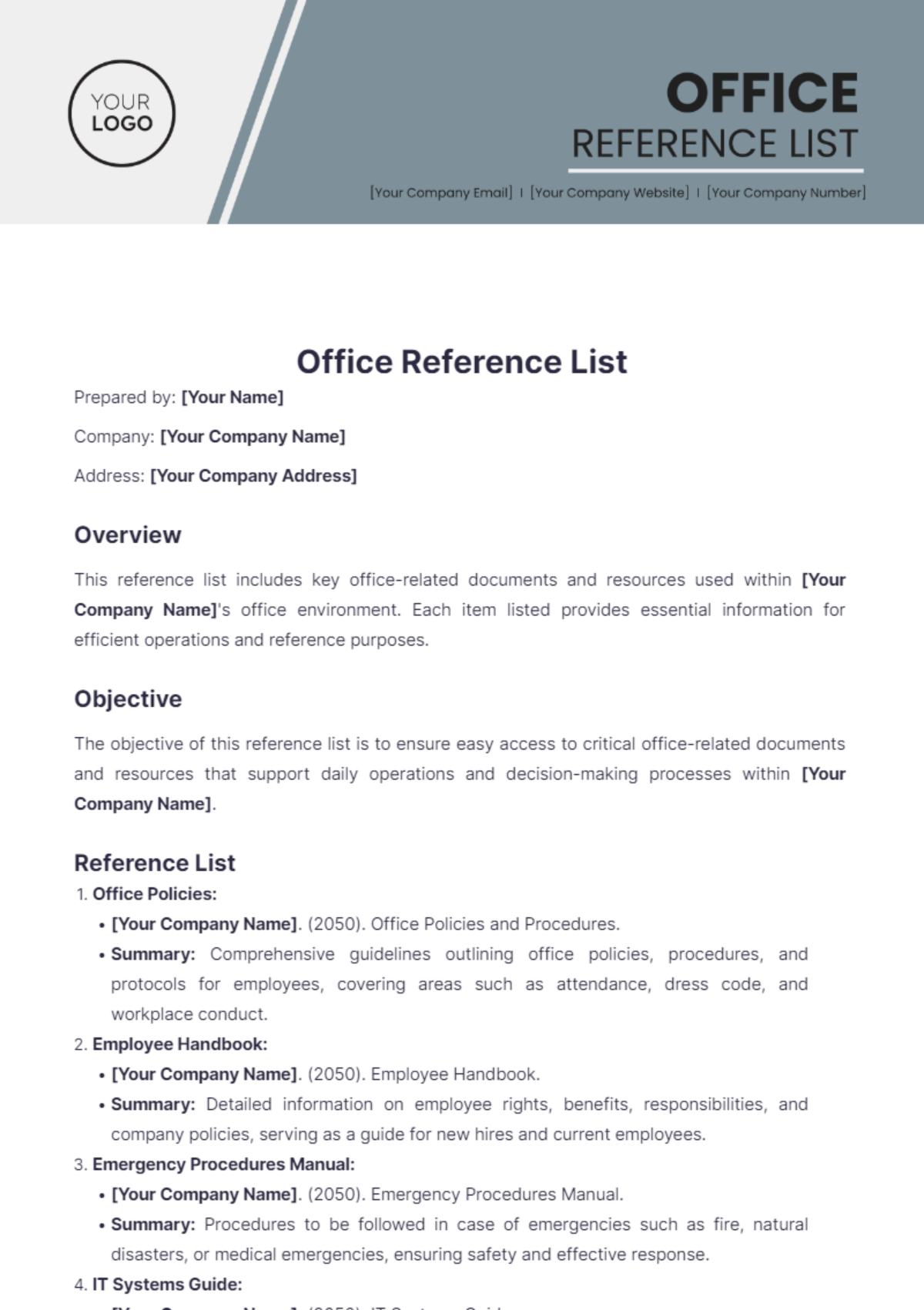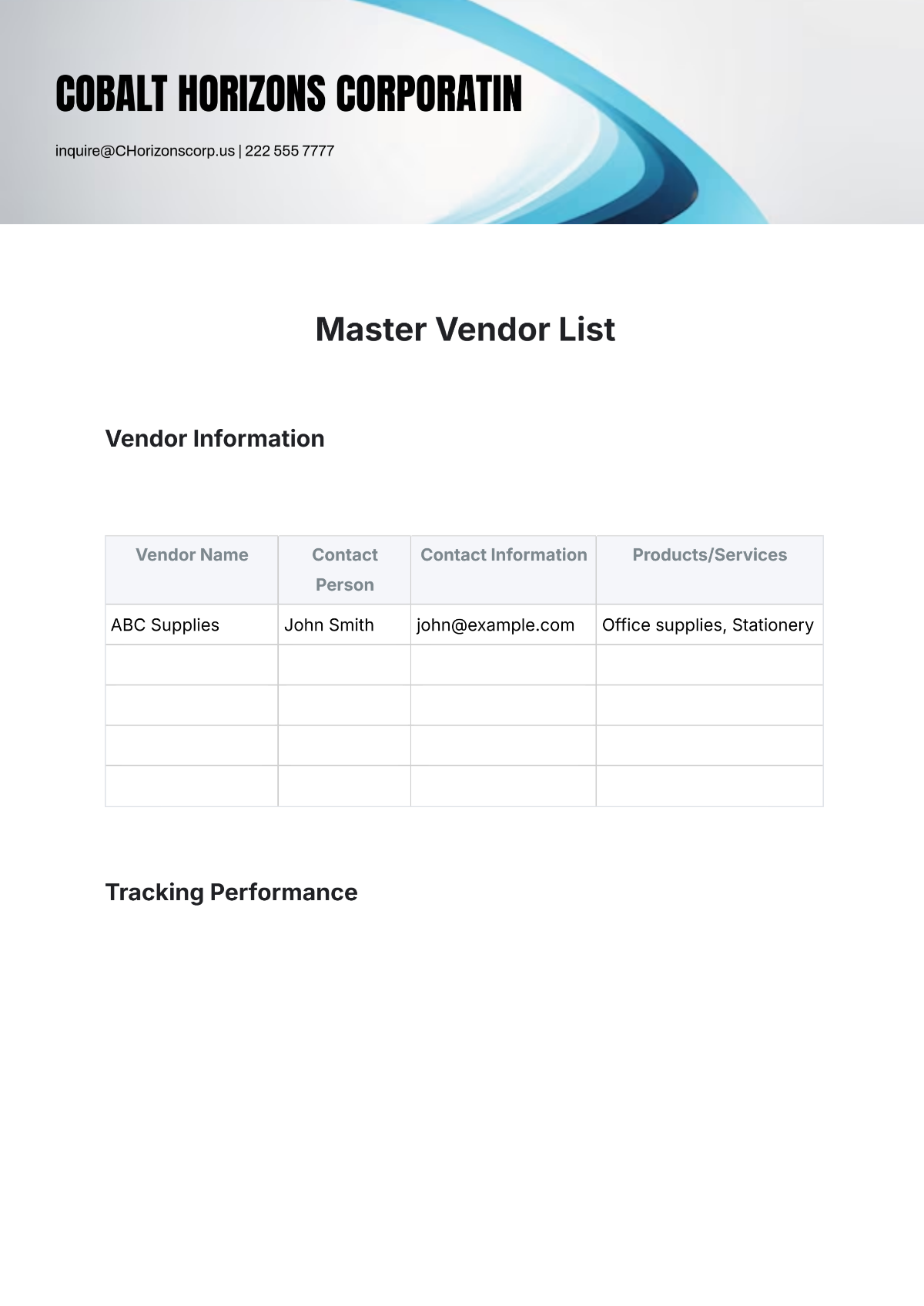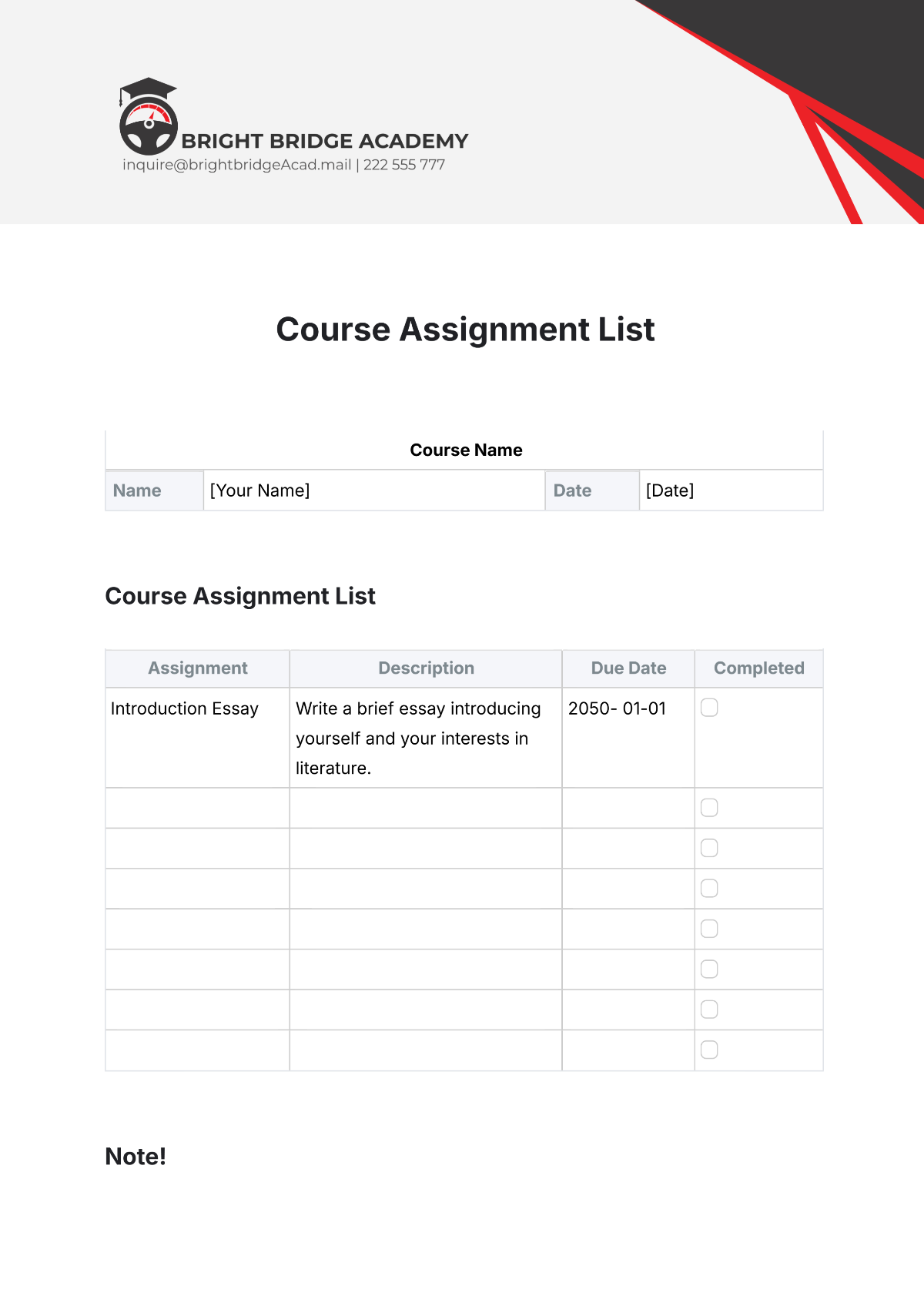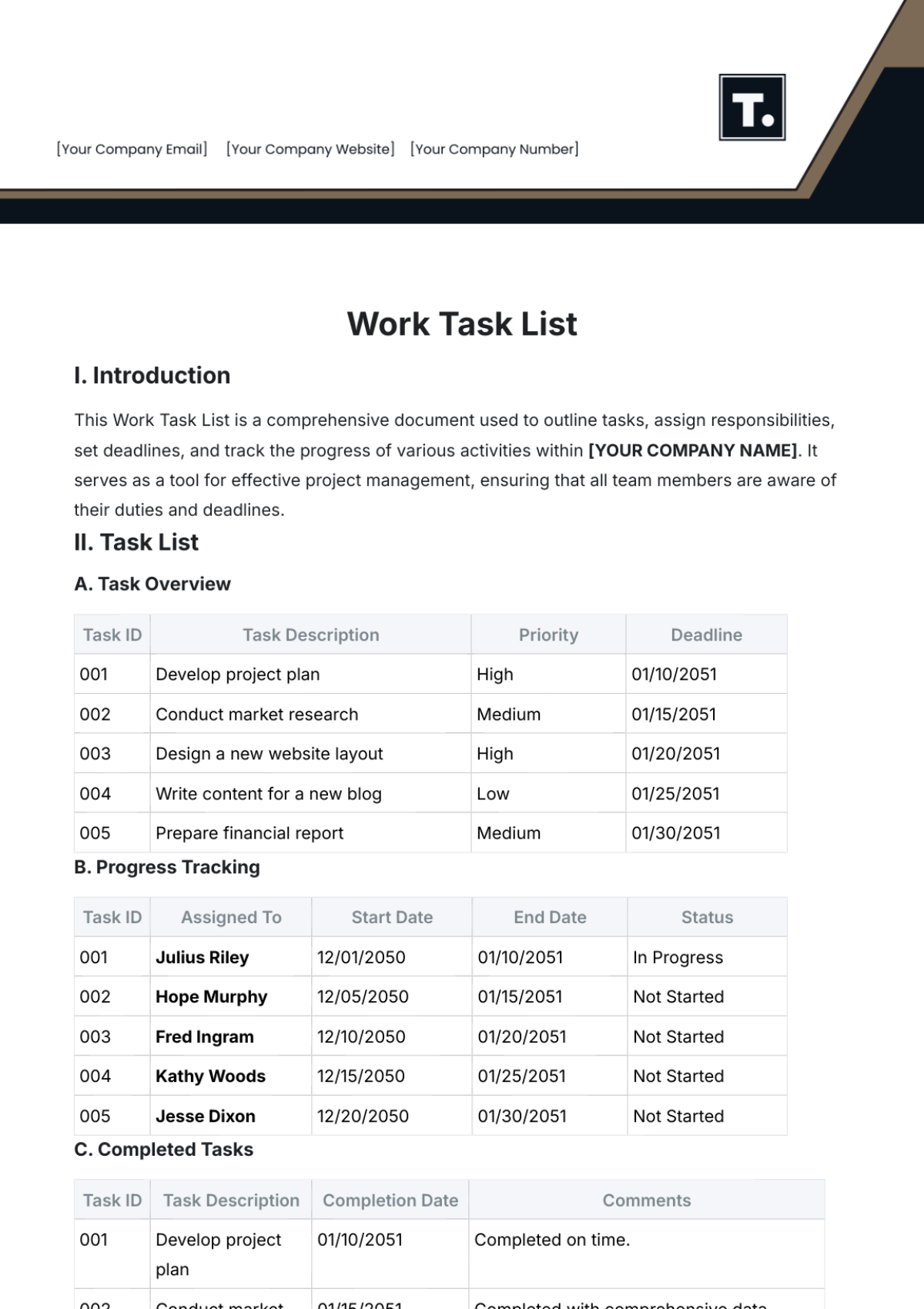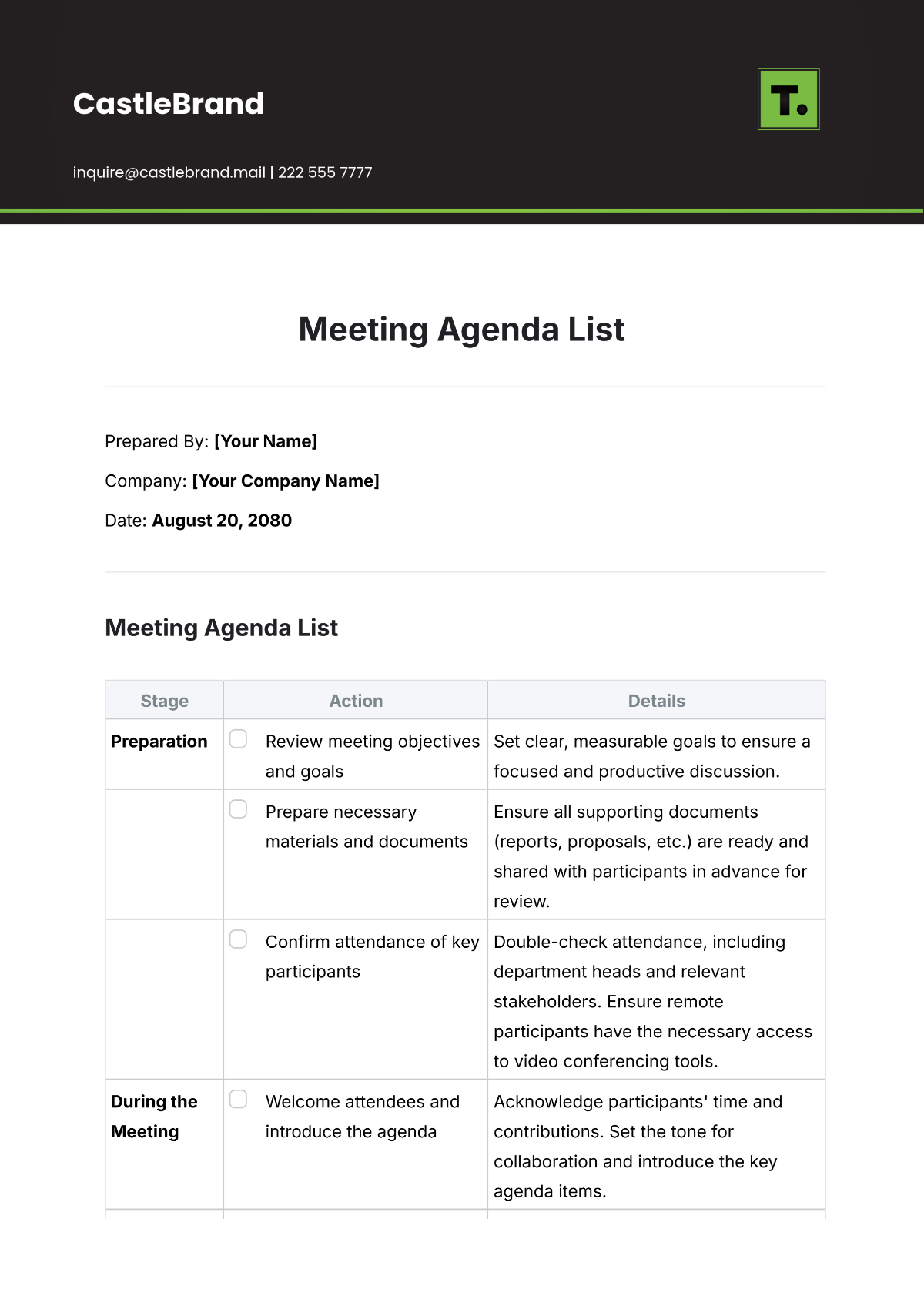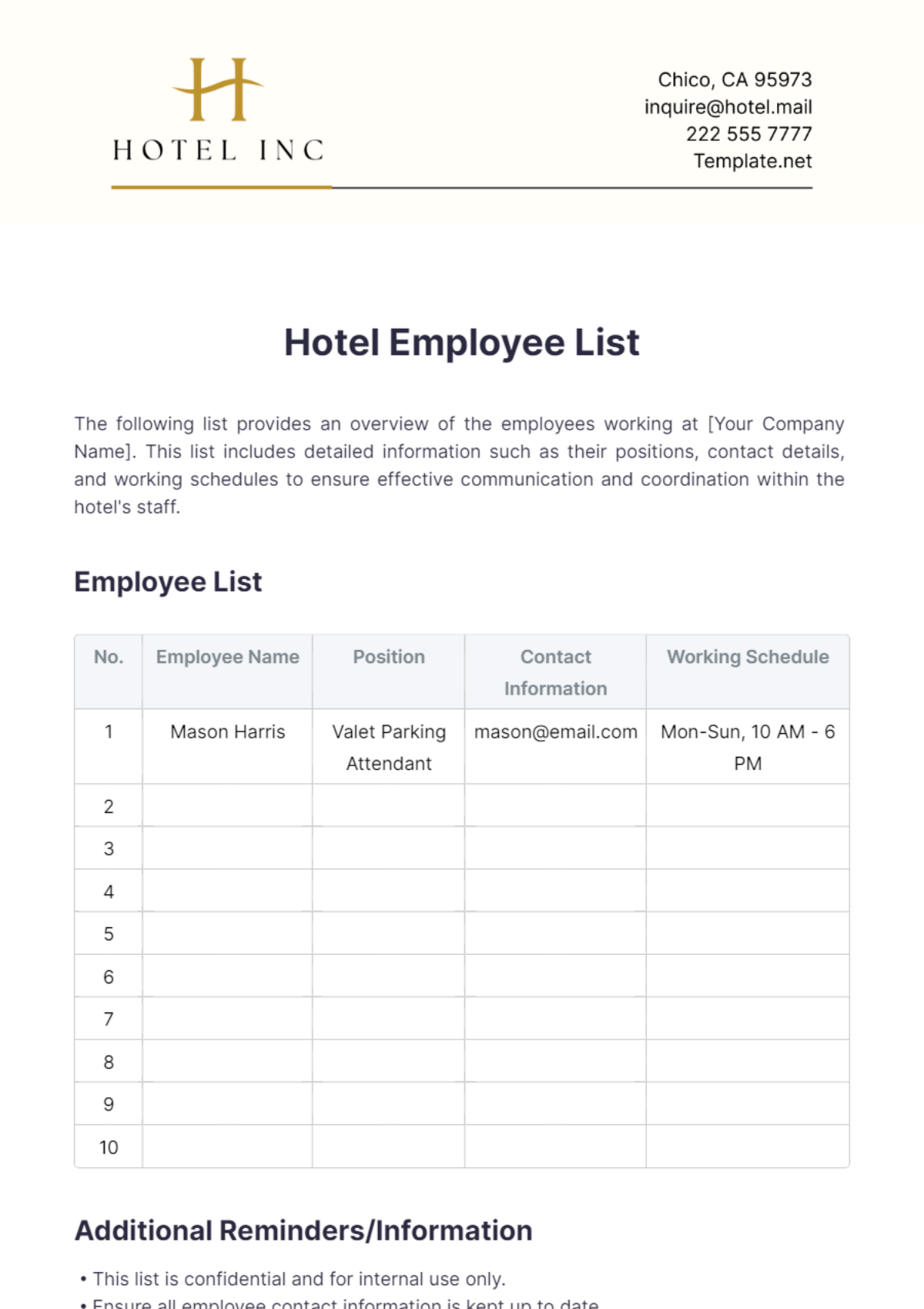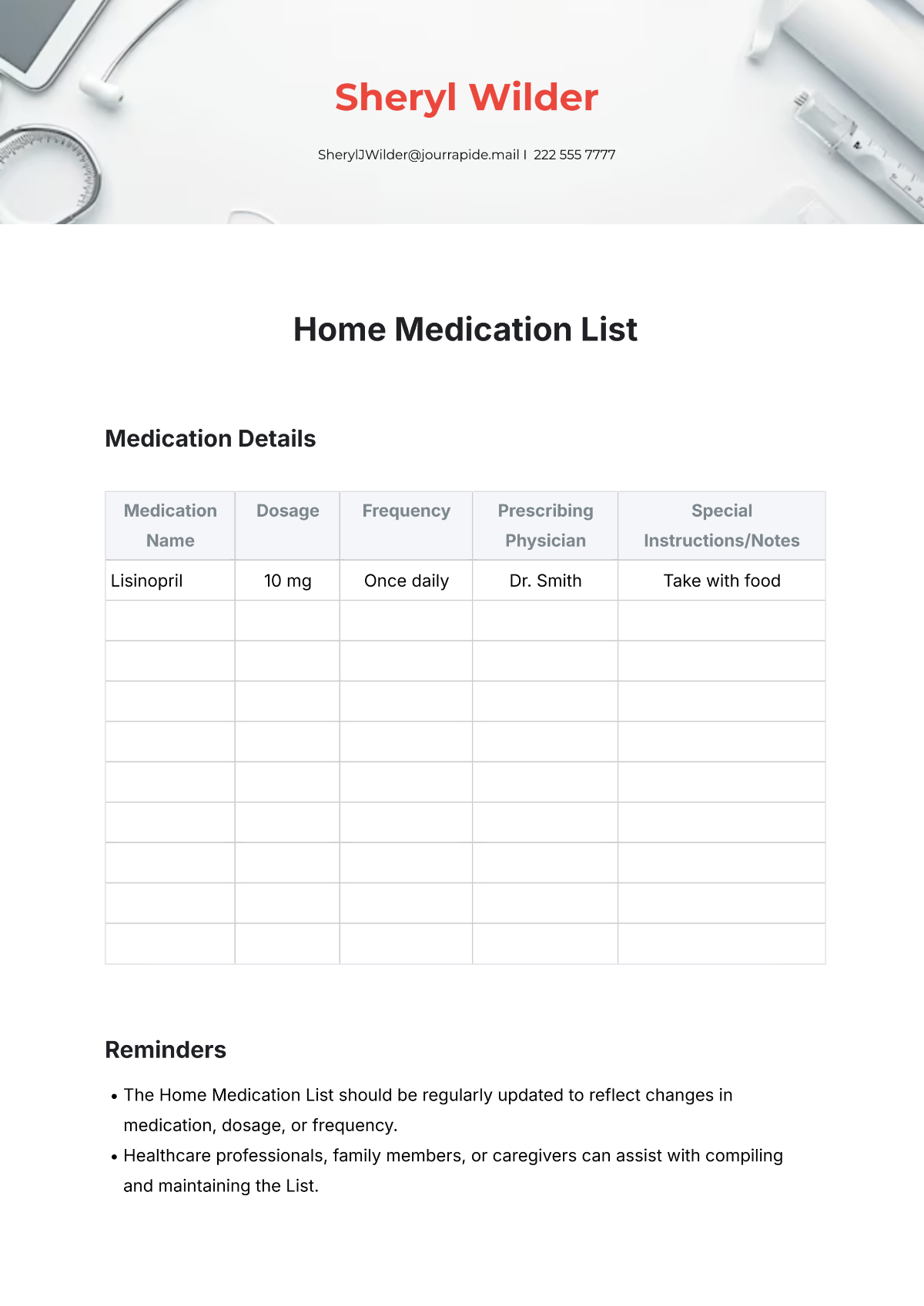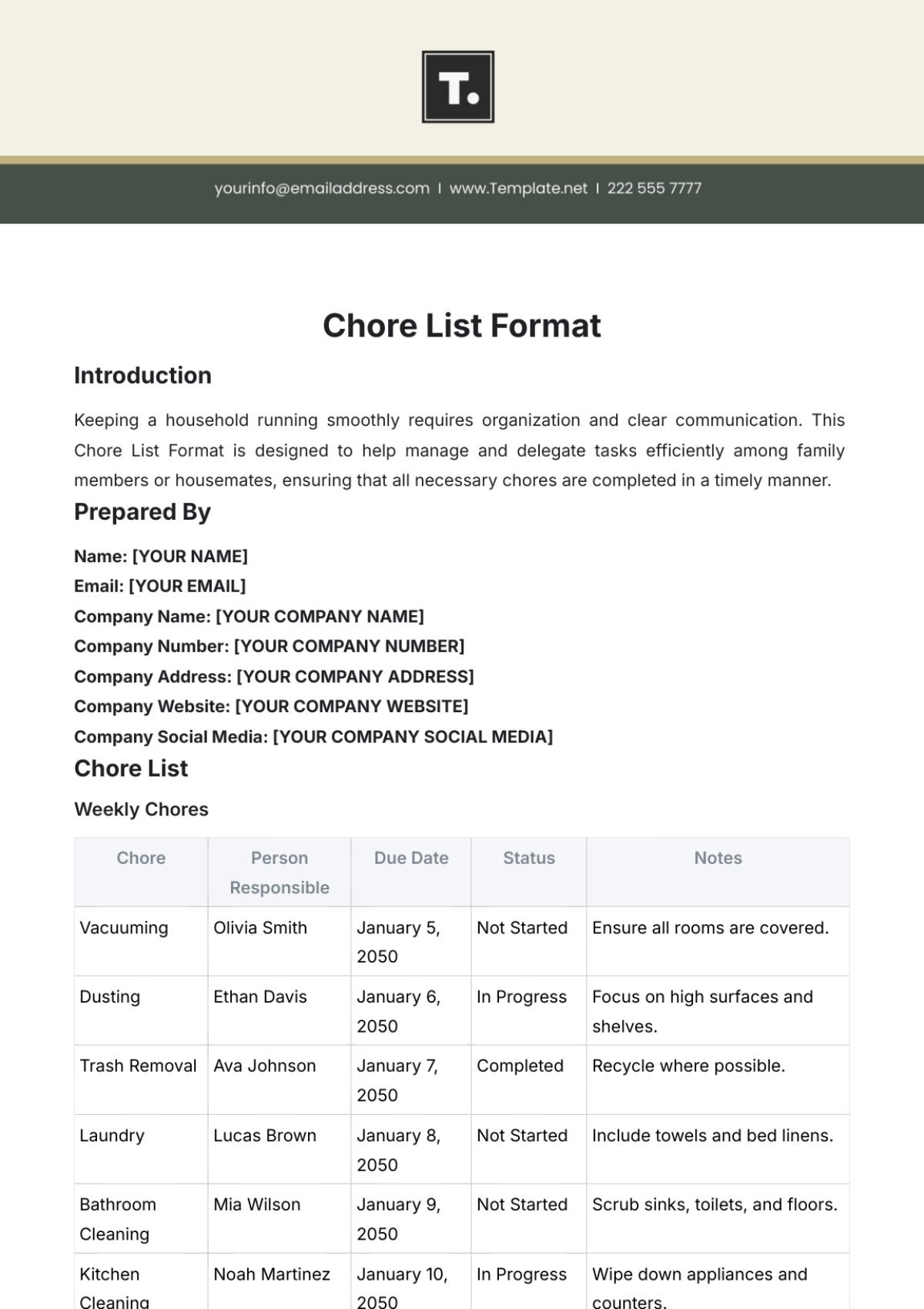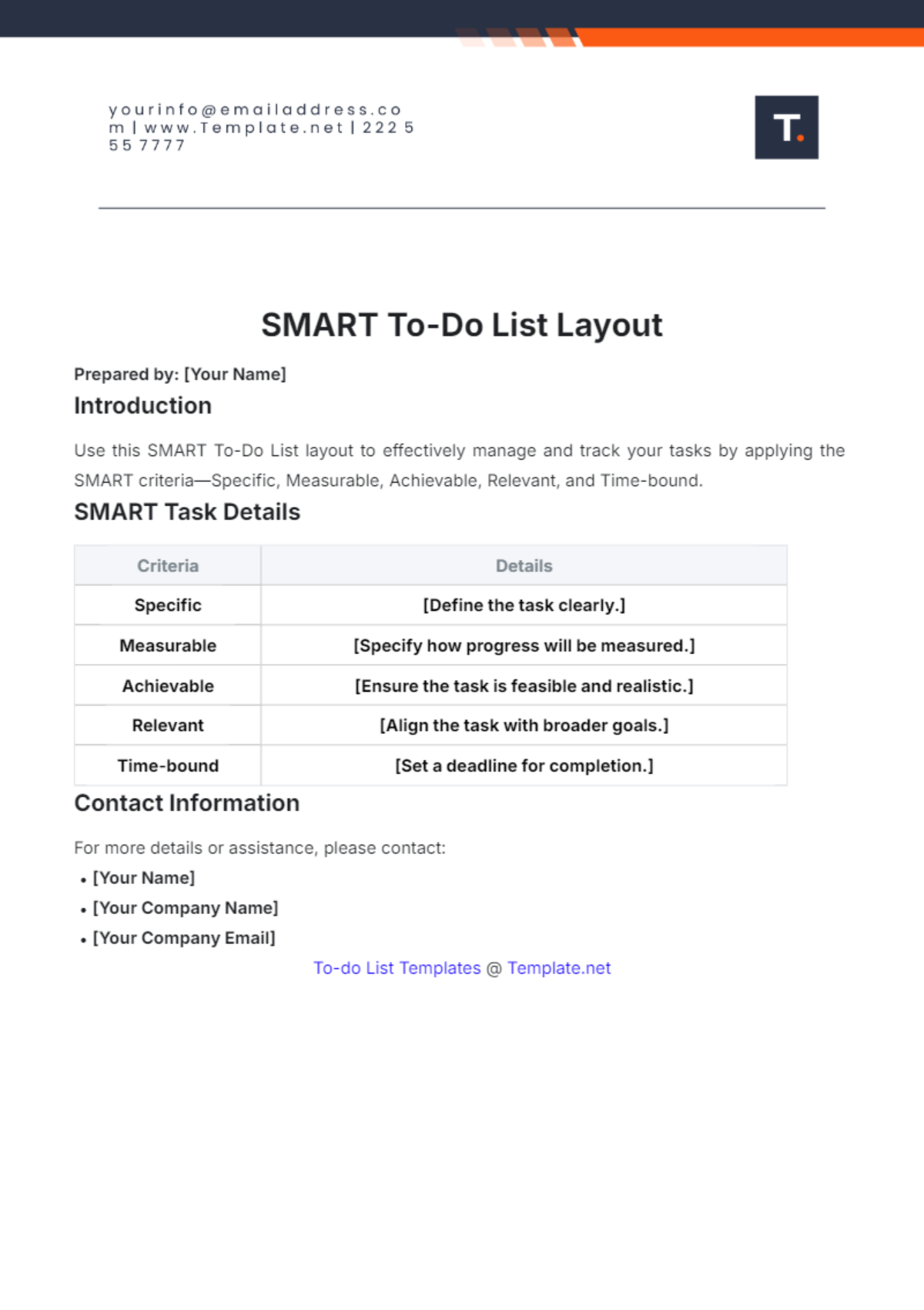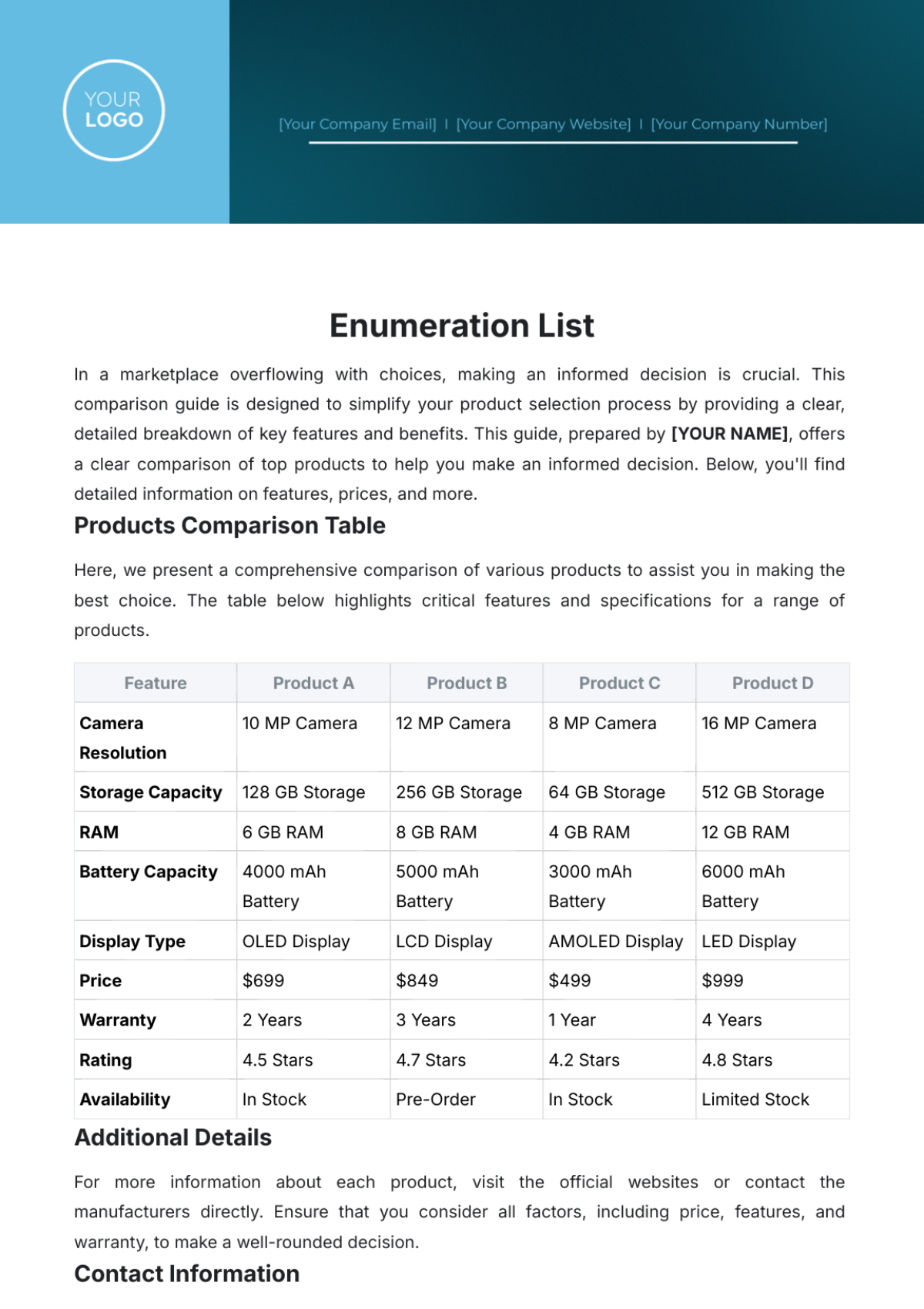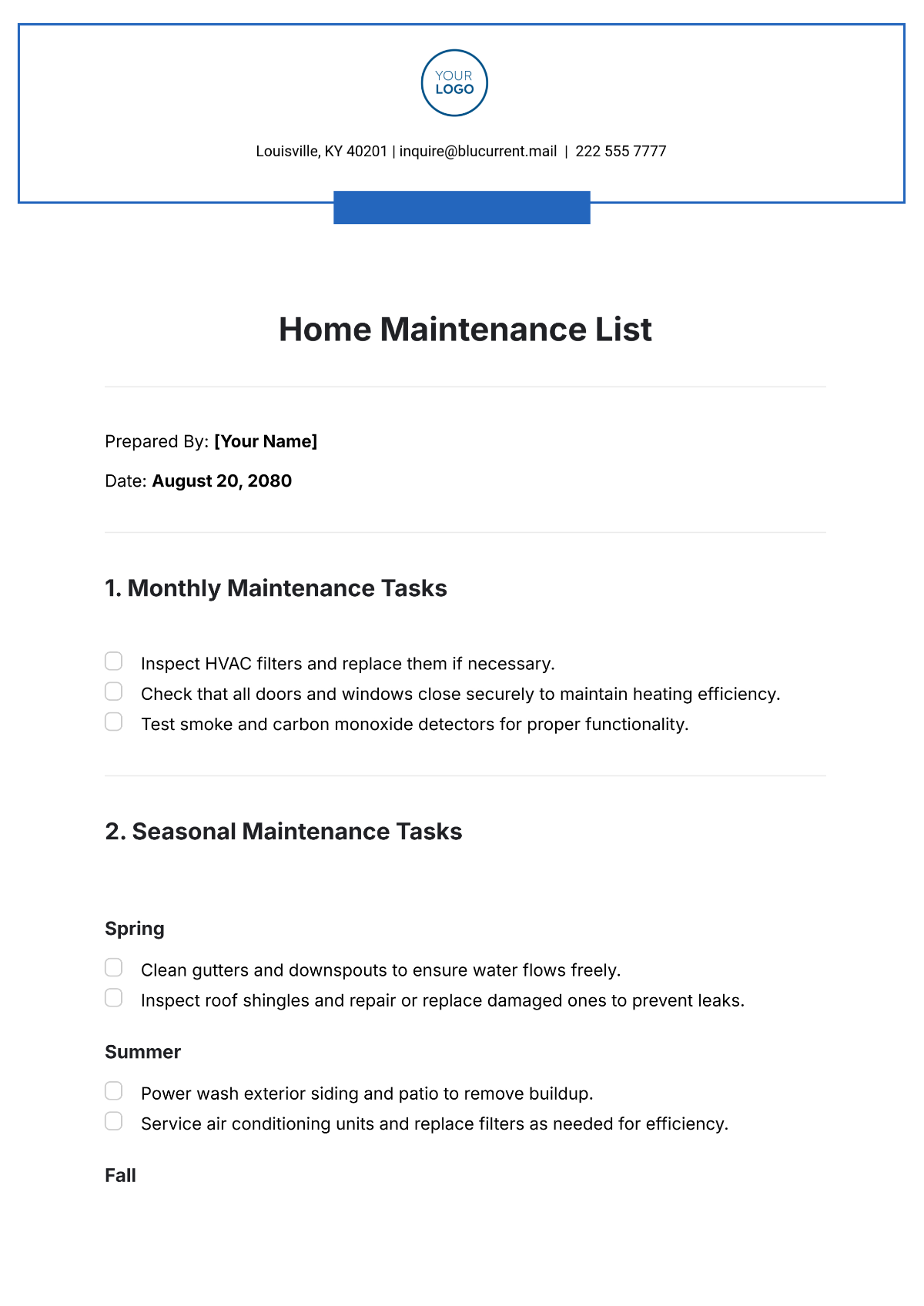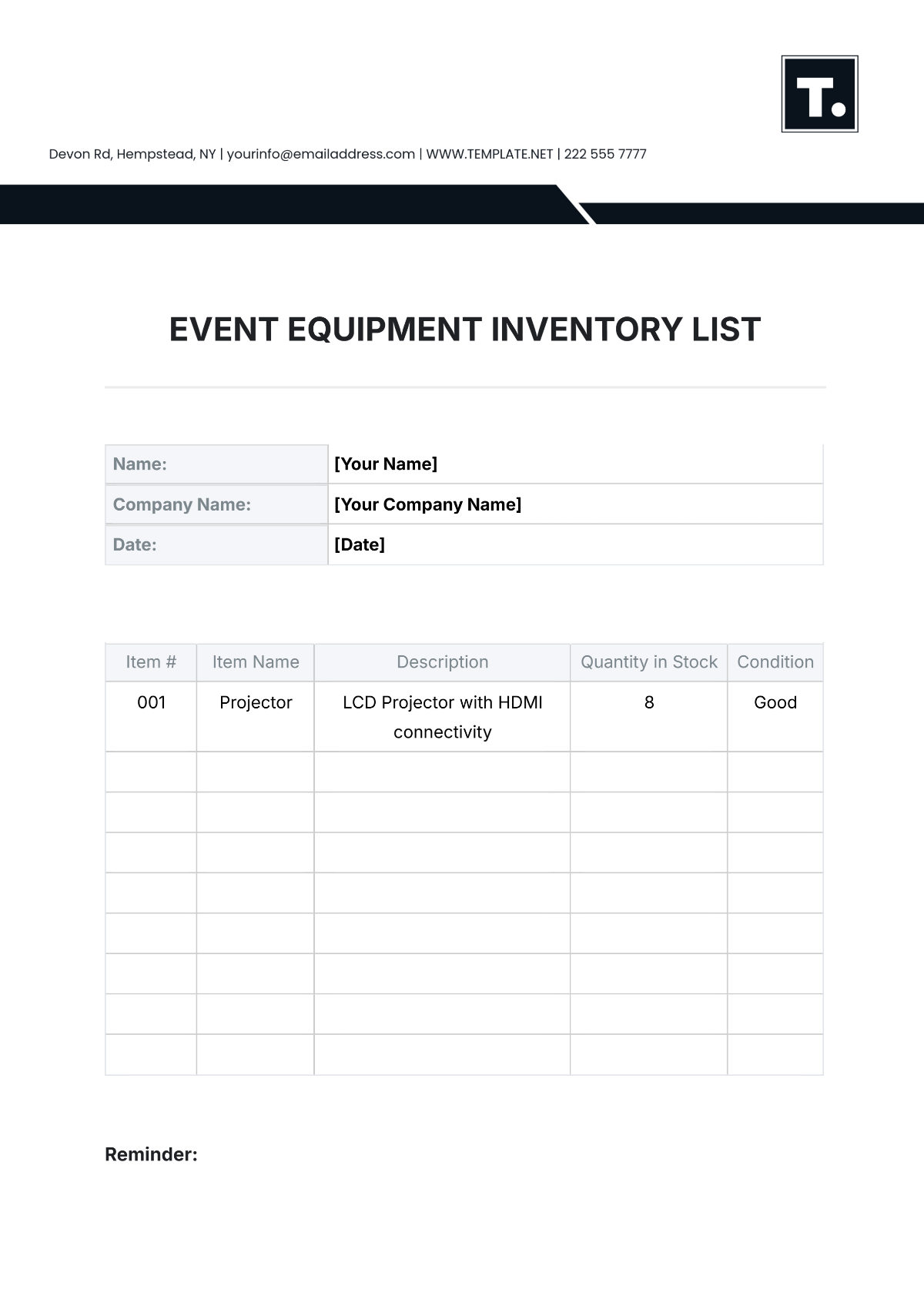Evidence List
This list provides an organized and efficient method of tracking and recording various forms of evidence that are collected during crime scene investigations. It covers multiple categories of evidence including forensic data, physical items, digital evidence, witness statements and documentation. The purpose of this list is to ensure that no crucial evidence goes unnoticed during investigations and to provide a reference point for future investigations.
Key Evidence Categories
Forensic Data | Physical Items | Digital Evidence | Witness Statements |
DNA Samples | Clothing | Social Media Activity | Eyewitness Accounts |
Fingerprints | Weapons (guns, knives) | Text Messages and Emails | Expert Testimonies |
Blood Spatter Analysis | Personal Belongings (wallets, phones) | Surveillance Footage | Victim Statements |
Ballistics Reports | Found Objects (items possibly related to the crime scene) | Financial Transactions | Suspect Interrogations |
Documentation
Crime Scene Photos
Official Reports (police, autopsy)
Official Reports: Documents produced by authorities or professionals detailing factual findings from investigations or examinations.
Police Reports: Created by law enforcement officers, these reports document the circumstances, evidence, and witness accounts related to criminal incidents or activities.
Components of Police Reports:
Incident Description: Detailed account of the event, including date, time, and location.
Evidence Recorded: Information on physical evidence collected at the scene.
Witness Statements: Accounts from individuals who observed the incident.
Officer Observations: Law enforcement's insights and preliminary conclusions.
Autopsy Reports: Conducted by forensic pathologists, these reports detail the findings from examinations of deceased individuals to determine cause of death.
Elements of Autopsy Reports:
External Examination: Observations of the body's exterior for signs of injury or disease.
Internal Examination: Analysis of internal organs and structures.
Toxicology Results: Information on chemicals, drugs, or toxins present in the body.
Cause of Death: The medical reason for death as determined by the examination.
Purpose: Both police and autopsy reports aim to provide clear, factual information to aid in legal and investigative processes, contributing to justice and closure in cases.
Use in Legal Contexts: Essential for criminal investigations, legal proceedings, and inquests, these reports help establish facts, support or refute evidence, and guide legal decisions.
Accessibility: Generally, police reports are public records, while autopsy reports can have restricted access depending on jurisdiction and privacy laws.
Legal Documents (warrants, court orders)
Warrants: Legal documents issued by a judge or magistrate, authorizing law enforcement to perform specific actions like arrests, searches, or seizures.
Types of Warrants:
Arrest Warrants: Allow for the arrest of individuals suspected of a crime.
Search Warrants: Authorize the search of premises for evidence.
Bench Warrants: Issued for failing to appear in court.
Court Orders: Legally binding directives issued by a court, requiring a person or entity to do or not do something.
Common Types of Court Orders:
Restraining Orders: Protect individuals from harm by keeping someone at a distance.
Injunctions: Prohibit or compel specific actions in a lawsuit.
Probation Orders: Set conditions instead of jail time.
Importance: Ensure actions by authorities are legally justified, protecting individual rights and maintaining legal order.
Use: Uphold the law, gather evidence, protect individuals, and ensure justice is served while respecting legal standards.
Understanding: Essential for navigating legal systems, whether you're directly involved in a case, studying law, or seeking to understand legal processes.
Advice: Always seek professional legal advice for specific matters.
Investigative Notes
Investigative Notes are detailed records made by law enforcement, detectives, or investigators during the course of an investigation. These notes encompass observations, interviews, and analysis related to a case, serving as a real-time chronicle of the investigative process. They include dates, times, locations, witness accounts, suspect interactions, and any findings from crime scenes. Essential for building a cohesive case, these notes support evidence collection, help in formulating hypotheses, and are crucial for legal proceedings to ensure accuracy and accountability in the investigative process.
Notes
This space is reserved for any additional observations, hunches, or reminders that come to mind while examining the evidence. This could be theories, patterns, or key clues that need further investigation.
Additional Reminders/Information
Always document the time and date of evidence collection
Meticulously record the condition of the evidence when collected
Keep a detailed note of who handled the evidence and when
